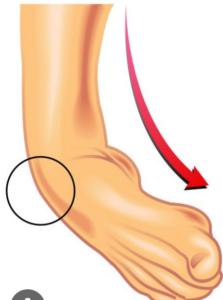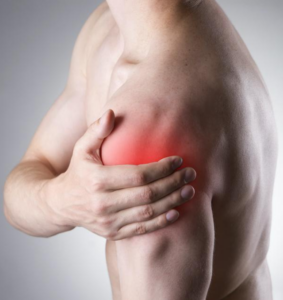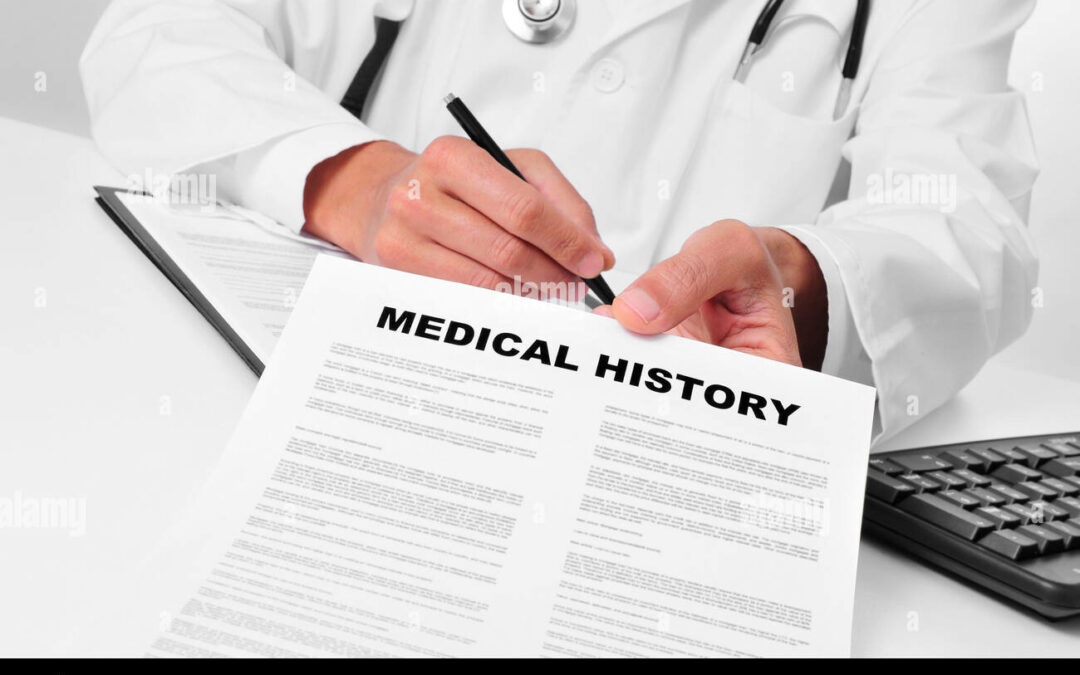 Why Patient History is Important
Why Patient History is Important
When most of us learned musculoskeletal assessment, we spent hours practicing clinical tests—Lachman, Neer’s, Spurling’s, McMurray’s. These maneuvers became the cornerstone of our physical exams, tools we hoped would pinpoint pathology with precision. But here’s the reality: the single most powerful diagnostic tool isn’t a clinical test—it’s the patient’s history. Multiple studies across medicine support the same conclusion:
-
Up to 80–85% of diagnoses can be made from a thorough patient history alone.
-
The physical exam and clinical tests refine the picture, but they rarely replace the insights gained through a well-structured interview.
Why? Because pain, dysfunction, and injury are never experienced in isolation. They are shaped by mechanism, onset, behavior, and patient perception. While clinical tests provide useful information, they come with significant limitations:
-
 Variable accuracy: Many tests have inconsistent sensitivity and specificity, often depending on examiner skill and patient factors. Pain and weakness, for example, are common factors for a positive clinical test. But how much pain and how much weakness, constitutes a confident interpretation of a test?
Variable accuracy: Many tests have inconsistent sensitivity and specificity, often depending on examiner skill and patient factors. Pain and weakness, for example, are common factors for a positive clinical test. But how much pain and how much weakness, constitutes a confident interpretation of a test?
-
Overlapping findings: Different pathologies can produce positive results on the same test (e.g., shoulder impingement tests). Many tests incriminate multiple structures (e.g., Speed’s test).
-
Context dependency: A positive test without clinical context can easily mislead decision-making. A positive test may not correspond with the “pain that caused the individual to seek treatment.”
Why is History so Important?
A skilled history uncovers details no test can replicate. Key insights include:
-
Mechanism of Injury
-
Was the ankle twisted inward during sport?
-
Was the pain gradual from overuse?
-
What were the conditions around the injury? Weather, field, shoes, etc
-
Symptom Behavior
-
Does pain worsen at night?
-
Does pain change with activity?
-
Does pain get better with rest?
-
Past Medical and Surgical History
-
A prior ACL reconstruction changes the likelihood of new instability.
-
A history of cancer reframes bone pain entirely.
-
Systemic issues can drive thoughts about comordities.
-
Functional Limitations
-
What can the patient no longer do? Climbing stairs, gripping objects, running? Function points directly to structures under stress.
-
Red Flags
-
Only history reveals critical signs like unexplained weight loss, fevers, or changes in bladder function.
 Let’s look at a simple clinical example: Imagine two patients presenting with shoulder pain:
Let’s look at a simple clinical example: Imagine two patients presenting with shoulder pain:
-
Patient A: Reports a fall onto an outstretched hand with immediate weakness and inability to lift the arm.
-
Patient B: Reports months of dull shoulder pain, worse with overhead activity, and improved with rest.
Both may test positive on Hawkins-Kennedy or Neer’s impingement tests. But the history tells two completely different stories: one may have an acute rotator cuff tear, the other likely impingement or tendinopathy. The history shapes the differential diagnosis long before the first special test is performed.
Putting It Into Practice
Clinical tests are valuable, but they are tools, not answers. The patient’s story is the foundation of accurate diagnosis and effective care. Clinical reasoning begins not with a test, but with listening. Before asking yourself “Which test should I use?” ….. consider asking yourself “What is the patient telling me?” To elevate diagnostic accuracy, clinicians should:
✅ Spend more time on patient history than special testing
✅ Use clinical tests to confirm or refine, not dictate, hypotheses
✅ Ask open-ended questions and probe for detail on mechanism, symptom progression, and lifestyle
✅ Revisit the history if tests don’t align with the expected pattern
More cutting-edge orthopedic information can be obtained by subscribing to iOrtho+ PREMIUM Web App at https://iortho.xyz/ Subscription is only $9.99/year or $1.99/month. All updates are FREE with an active subscription.
If you would like to learn more about the Mobil-Aider orthopedic arthrometer to quantify joint mobility, please visit: https://iortho.xyz/products/
 Why Patient History is Important
Why Patient History is Important Variable accuracy: Many tests have inconsistent sensitivity and specificity, often depending on examiner skill and patient factors. Pain and weakness, for example, are common factors for a positive clinical test. But how much pain and how much weakness, constitutes a confident interpretation of a test?
Variable accuracy: Many tests have inconsistent sensitivity and specificity, often depending on examiner skill and patient factors. Pain and weakness, for example, are common factors for a positive clinical test. But how much pain and how much weakness, constitutes a confident interpretation of a test?

 Let’s look at a simple clinical example: Imagine two patients presenting with shoulder pain:
Let’s look at a simple clinical example: Imagine two patients presenting with shoulder pain: